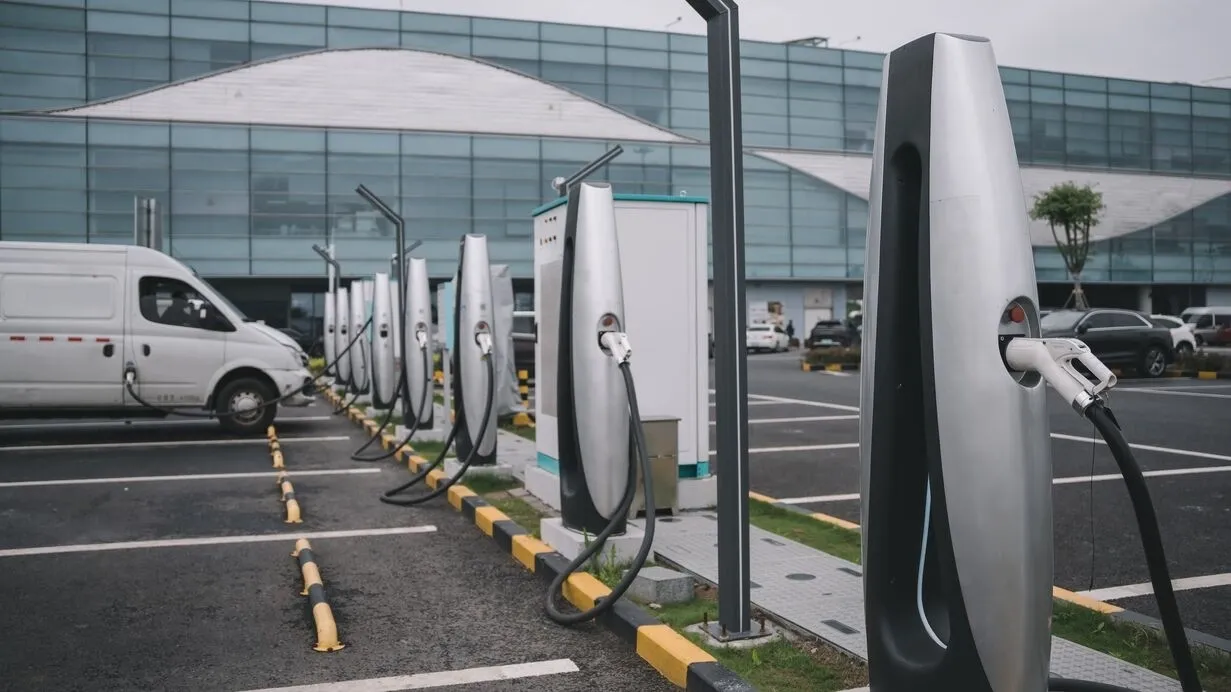Business News
Shift from old vehicles to EVs in 44 cities with 10L people may cut oil import bill by USD 106 billion: Report

2 min read | Updated on April 25, 2025, 15:25 IST
SUMMARY
A new study by The Energy and Resources Institute (TERI) suggests that replacing older vehicles with electric ones in 44 Indian cities by 2035 could drastically improve air quality and reduce emissions.

Older vehicles are a major contributor to air pollution in India's big cities. Image | Shutterstock
A complete shift from older vehicles to electric vehicles in 44 Indian cities with a population of at least 10 lakh could avoid 11.5 tonnes of PM2.5 emissions every day by 2035 and reduce greenhouse gas emissions by 61 million tonnes of carbon dioxide equivalent, according to a new study.
The study, published by The Energy and Resources Institute (TERI), said it would also save more than 51 billion litres of petrol and diesel and reduce India's oil import bill by an estimated ₹9.17 lakh crore (USD 106.6 billion) by 2035.
The authors said the number of older vehicles in these cities could grow from 4.9 million (49 lakh) in 2024 to 7.5 million (75 lakh) by 2030.
The transport sector accounts for up to 24% and 37% in the winter season to the ambient PM10 and PM2.5 concentrations of different Indian cities, respectively, according to TERI.
Older vehicles are a major contributor to air pollution in India's big cities.
The study found that older diesel buses are the biggest polluters among all vehicle types. Age restrictions on buses alone could help reduce 50% of PM2.5 and 80% of nitrogen oxide emissions by 2030, it said.
The authors proposed a staggered plan to phase out 11.4 million (1.14 crore) vehicles between 2030 and 2035 and recommended either replacing all these with electric vehicles (EVs) or adopting a combination of electric and CNG vehicles.
They said a complete shift to EVs could avoid 11.5 tonnes of PM2.5 emissions every day by 2035 and reduce greenhouse gas emissions by 61 million tonnes of carbon dioxide equivalent.
It could also create around 3.7 lakh new jobs in the electric vehicle and renewable energy sectors.
The study said more than 45,000 public EV-charging stations and 130 vehicle-scrapping facilities need to be set up in these 44 cities to enable this transition.
If half of the older vehicles are converted to CNG instead, about 2,655 new CNG stations would be required and the estimated job creation would drop to around 45,000, it said.
However, the study said while a mixed approach may be slightly easier to implement, it would result in 30%-lower greenhouse gas reductions compared to a full switch to EVs.
About The Author
Next Story

